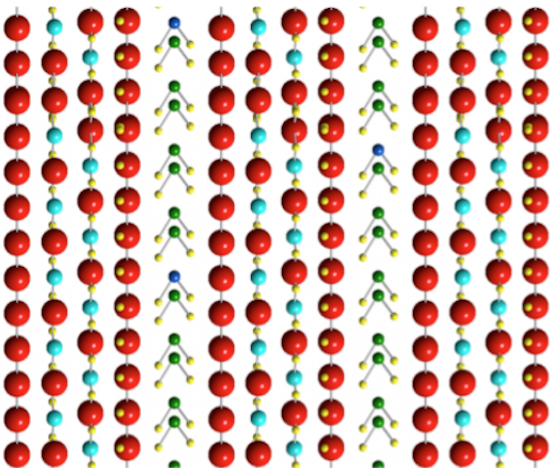
First isolated at Manchester University in 2004, graphene has been hailed as the world’s first 2D material. Its properties include exceptional conductivity and strength.
Using graphene and other 2D materials that have been discovered since 2004, scientists can layer these materials in a precise sequence called van der Waals heterostructures to create high-performance structures tailored to a specific purpose.
One of the challenges when creating these heterostuctures is the stacking of the individual components on top of each other.
However, as reported in Nature Communications, a team supervised by Prof. Robert Dryfe have discovered that franckeite - a mixed-metal sulphide mineral first discovered in 1893 - naturally stacks into 2D sheets.
This is said to result in van der Waals heterostructures that can be exfoliated down to a single layer using the method originally used to isolate graphene, namely mechanical exfoliation with Scotch tape. According to the University, this behaviour is likely to be common in a wider family of materials and could be exploited as an alternative to artificial stacking of two-dimensional materials.
Franckeite is said also to open new possibilities for energy storage applications - such as solar energy and supercapacitors - due to its electrical conductivity and electrochemical properties.
Research associate Matěj Velický who led the experimental work said: “We believe that this work will be followed by further studies of other natural van der Waals heterostructures and that the results will accelerate progress in the emerging “bottom-up” chemical synthesis of such complex structures”.
Prof Dryfe said, “This work is a perfect demonstration of the continual surprises that are revealed through the study of 2D materials”.




Glasgow trial explores AR cues for autonomous road safety
They've ploughed into a few vulnerable road users in the past. Making that less likely will make it spectacularly easy to stop the traffic for...